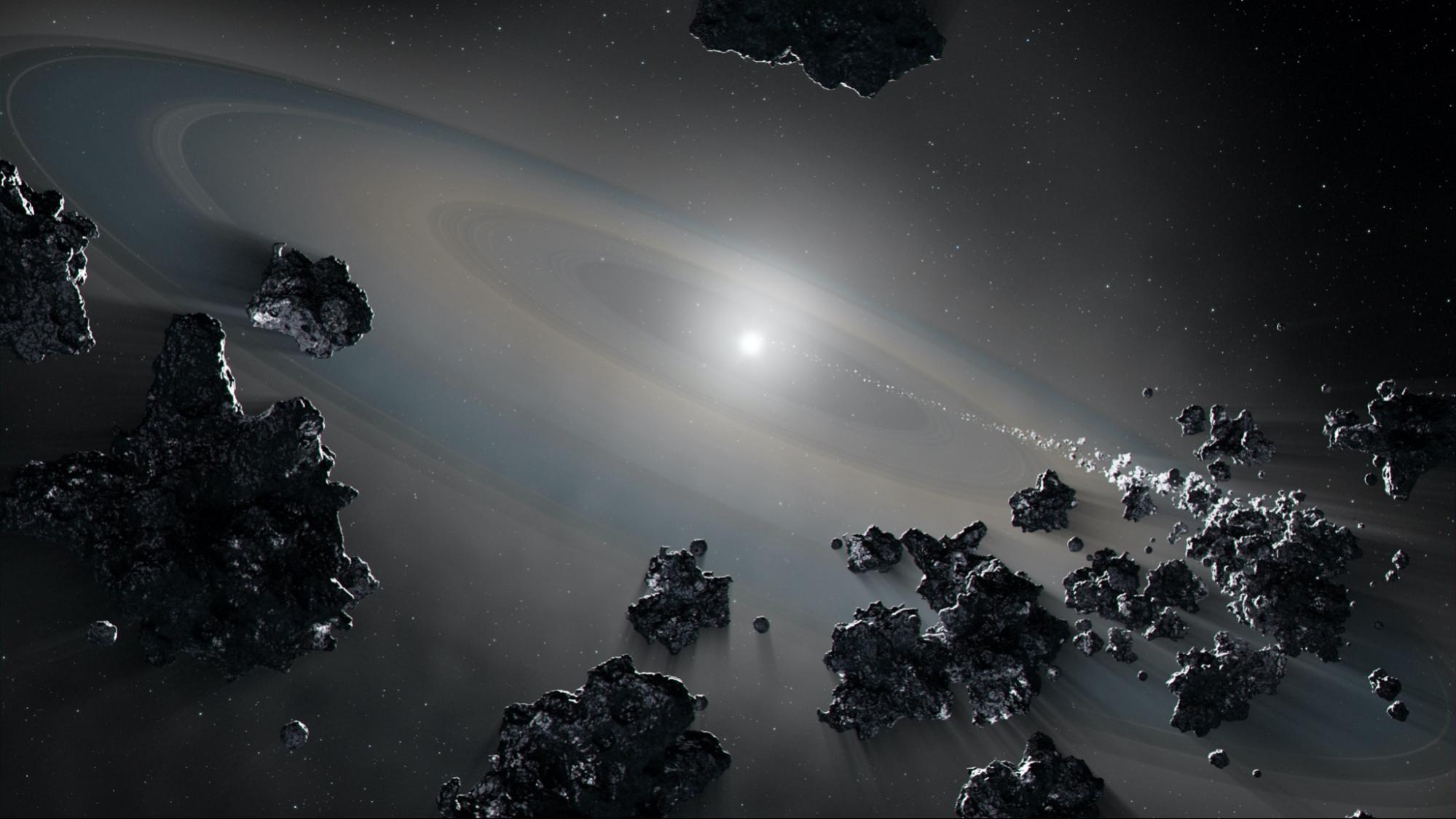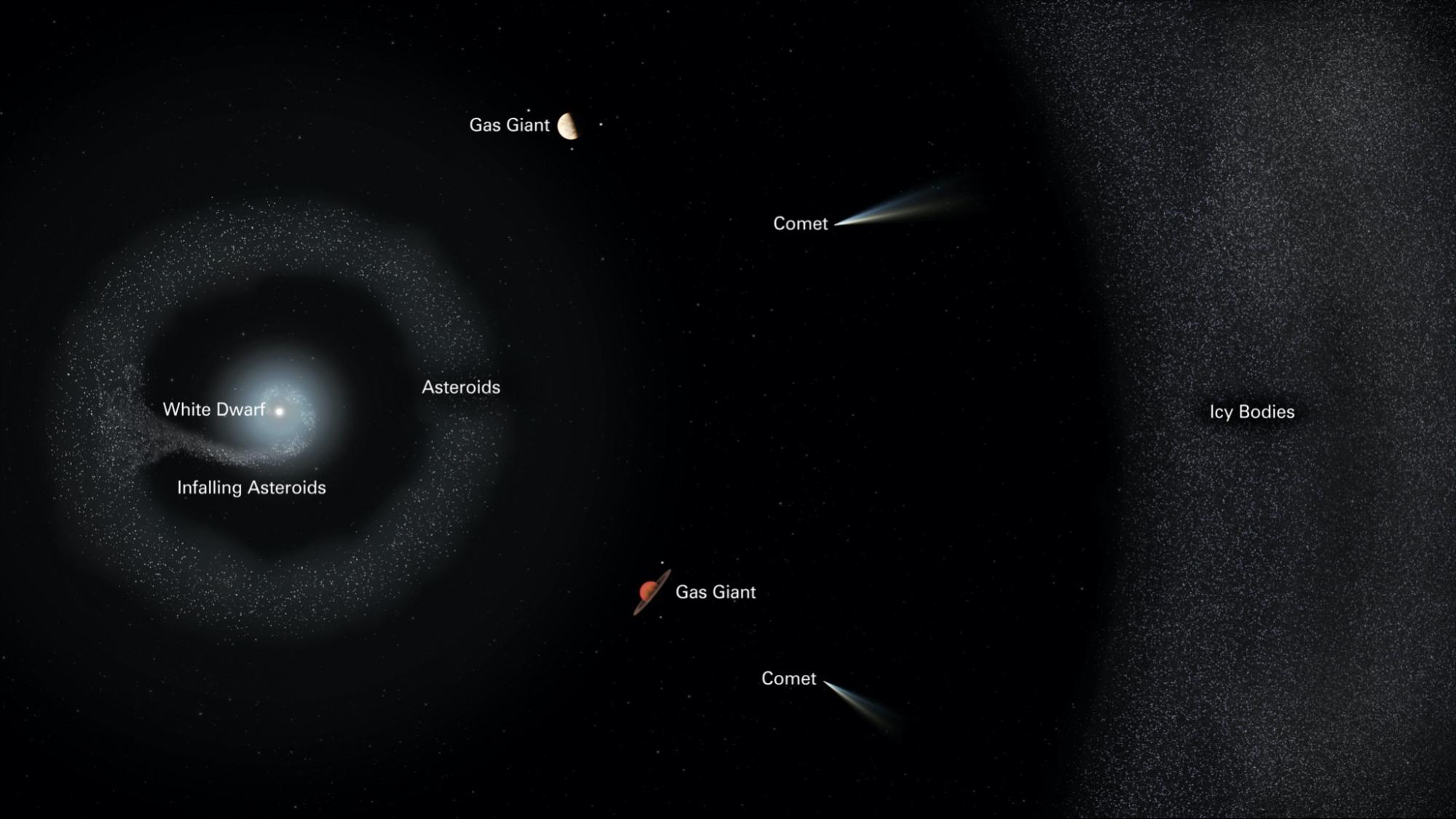
Image courtesy of: NASA, ESA
Astronomers have recently observed a dead star which appears to be viciously consuming material surrounding it in a cosmic cannibalization of planetary ingredients. This phenomenon has left scientists both impressed and intrigued as this is the first recorded instance of such an action taking place.
Using archival data from NASA’s Hubble Telescope in collaboration with other NASA observatories across the globe, the white dwarf star G238-44 was seen to be engulfing rocky-metallic and icy material from the Sun-like star’s nearby atmosphere. These findings are key as they may give insight into the process and makeup of newly forming stars systems.
The icy material converging into the dead star raises some interesting theories regarding how materials necessary for life are transported to planets. Icy objects are credited for crashing into and "irrigating" dry, rocky planets in our solar system giving way for life. In fact, it is thought that billions of years ago icy asteroids may have delivered water to Earth, sparking the conditions necessary for life as we know it.

Here we can see an artist rendering of the white dwarf consuming material from its asteroid belt. Image courtesy of: NASA, ESA, Joseph Olmsted (STScI)
The presence of these planetary materials being consumed and transported by the white dwarf has some interesting implications. “Life as we know it requires a rocky planet covered with a variety of elements like carbon, nitrogen, and oxygen," said Benjamin Zuckerman, UCLA professor and co-author. "The abundances of the elements we see on this white dwarf appear to require both a rocky and a volatile-rich parent body – the first example we've found among studies of hundreds of white dwarfs."
Dead stars often become white dwarfs after the star has shed its outer layers and burnt through its core materials ceasing nuclear fusion. The star quickly loses those outer layers and its planets' orbits dramatically change. Small objects, like asteroids and dwarf planets, can venture too close to giant planets and be sent plummeting toward the star.
This observational study confirms the true scale of this violent phase, showing that even 100 million years after the beginning of its white dwarf phase, the star is able to snatch and consume planetary material from its asteroid belt. This example of white dwarf cannibalism provides a unique opportunity for scientists to perhaps explain what planets were made of when they first started to form around a star.
If the formation of life on planets is this chaotic and violent, it's probably a good thing that no one can hear you scream in space.